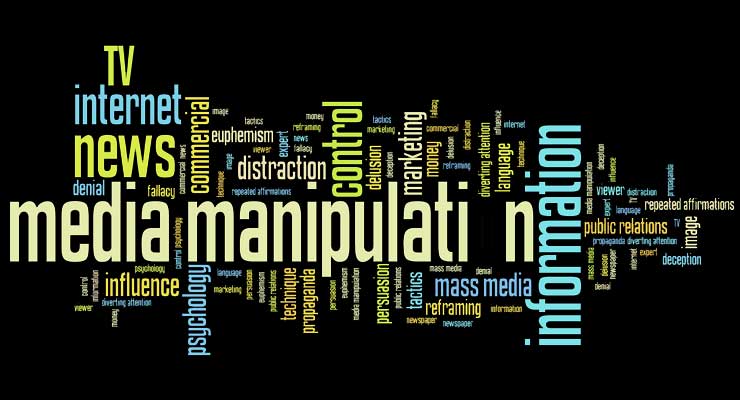
University of Texas at San Antonio created a method to battle type of social media propaganda known as astroturfing
From Science Daily:
A new study by Kim-Kwang Raymond Choo, associate professor of information systems and cybersecurity and Cloud Technology Endowed Professor at The University of Texas at San Antonio (UTSA), describes a method for detecting people dishonestly posting online comments, reviews or tweets across multiple accounts, a practice known as “astroturfing.”
The study describes a statistical method that analyzes multiple writing samples. Choo, a member of the UTSA College of Business, and his collaborators found that it’s challenging for authors to completely conceal their writing style in their text. Based on word choice, punctuation and context, the method is able to detect whether one person or multiple people are responsible for the samples.
Choo and his co-authors (two former students of his, Jian Peng and Sam Detchon, and Helen Ashman, associate professor of information technology and mathematical sciences at the University of South Australia) used writing samples from the most prolific online commenters on various news web sites, and discovered that many people espousing their opinions online were actually all linked to a few singular writers with multiple accounts.
“Astroturfing is legal, but it’s questionable ethically,” Choo said. “As long as social media has been popular, this has existed.”
The practice has been used by businesses to manipulate social media users or online shoppers, by having one paid associate post false reviews on web sites about products for sale. It’s also used on social media wherein astroturfers create several false accounts to espouse opinions, creating the illusion of a consensus when actually one person is pretending to be many.
“It can be used for any number of reasons,” Choo said. “Businesses can use this to encourage support for their products or services, or to sabotage other competing companies by spreading negative opinions through false identities.”
Candidates for elected office have also been accused of astroturfing to create the illusion of public support for a cause or a campaign. For example, President George W. Bush, the Tea Party movement, former Secretary of State Hillary Clinton and current Republican presidential candidate Donald Trump have all been accused of astroturfing to claim widespread enthusiasm for their platforms.
Now that Choo has the capability to detect one person pretending to be many online, he is considering further applications for his top-tier research. Stressing that astroturfing, while frowned upon, is not illegal, he’s now looking into whether the algorithm can be used to prevent plagiarism and contract cheating.
“In addition to raising public awareness of the problem, we hope to develop tools to detect astroturfers so that social media users can make informed choices and resist online social manipulation and propaganda,” Choo said.
Journal Reference:
Jian Peng, Sam Detchon, Kim-Kwang Raymond Choo, Helen Ashman. Astroturfing detection in social media: a binary n-gram-based approach. Concurrency and Computation: Practice and Experience, 2016
Leave a Reply